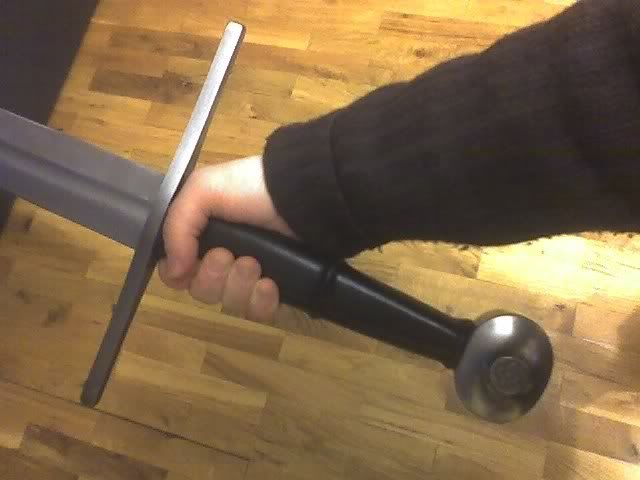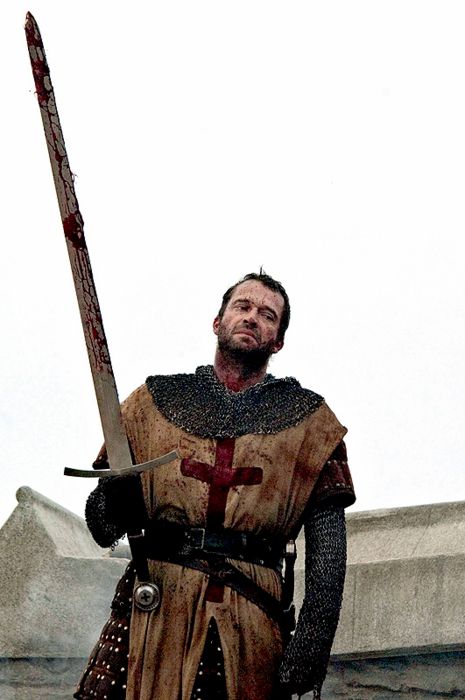- Thread starter
- #41
thecoldembrace
 Sage
Sage
Hm~ I'm not sure if this goes here, but I'm curious about your opinion on how mages would affect the compositions of armies and how wars are played out. I don't have any specific type of mages, just whatever you think of when you hear the word mage.
My world happens to be a very high magic world but a low enchanted item world. Therefore, mages can cast spells with tremendous force and are devastating to anyone facing them. I've had to plan a lot with my battle scenes to deal with their ability to change the game.
When I think of a mage, it can be someone who uses simple cantrips to awe a crowd at a fair, or an archmage that can summon a demon lord or call down fire and lightning to smite dozens of foes.
To put it into use on the battlefield you have to think of magic as nothing more than another type of weapon. When gunpowder began to be effectively used on the field of battle, armies compensated, integrating the new technology with specialists... developing an artillery corps, building earthen barriers and trenches to avoid the deadly fire. Mages are no different. Armies compensate, integrate or perish. In our case they would simply involve mages amongst the ranks, because of their broad aspect of use they can do a multitude of things to aid. Commanders would also realize that they are very valuable units, and would have men guard them, because well a sword to the heart is still a sword to the heart with a mage.
Each army would try to out magic the other, setting defensive spells against other spell casters and devising ways of getting their men into melee without having them just smoking husks because of errant fireballs. They are also well learned men and women, who also offer great benefits off the field as surgeons, medics and the like.
In my world my main nation has a core of warmages, specifically trained to do what they must on the battlefield to offset enemy spell casters and aid their own soldiers. A mage has to know when you let loose a spell so that it won't endanger his/her own comrades. A mage has to know the inner workings of the military machine to operate effectively.
Because of all this, the composition of the army doesn't change. You still have your light and heavy infantry and light and heavy cavalry, your engineers and so forth. The mage is just an added element that integrates the flowing magic of the world into a military purpose.
To give an example from one of my own battles. I had the army my character was part of go against an army about five times its own size, but it used its spell casters to great benefit. The enemy had black robes, users of the dark magics dealing with shadow, death, and summoning demons and devils. Clerics, using divine magic were able to suppress the dark ones just enough to force melee between my main troops and theirs, while at the same time my mages concentrated on full destructive magics on the enemy flanks, forcing the enemy ranks to bulge in the center, taking away their advantage of numbers. This combined with horrendous weather caused a lot of men to fall into the muck and be trampled on by their fellows. When the first lines hit, the enemy were already tired, while the main army was fresh and could do their deadly work without much fear of being flanked and thus annihilated. I termed it "Carver's Gambit" for the man that came up with the idea.
Now mind you there were other elements to the battle that were a contributor to the success of the battle, but I'll let readers see those XD.
I hope this answers some questions. If you have a specific frame of battle to start with, I could help more with basically going over it with you, as in.. what would happen if my mages do this?
-Cold
Last edited:

 Auror
Auror

